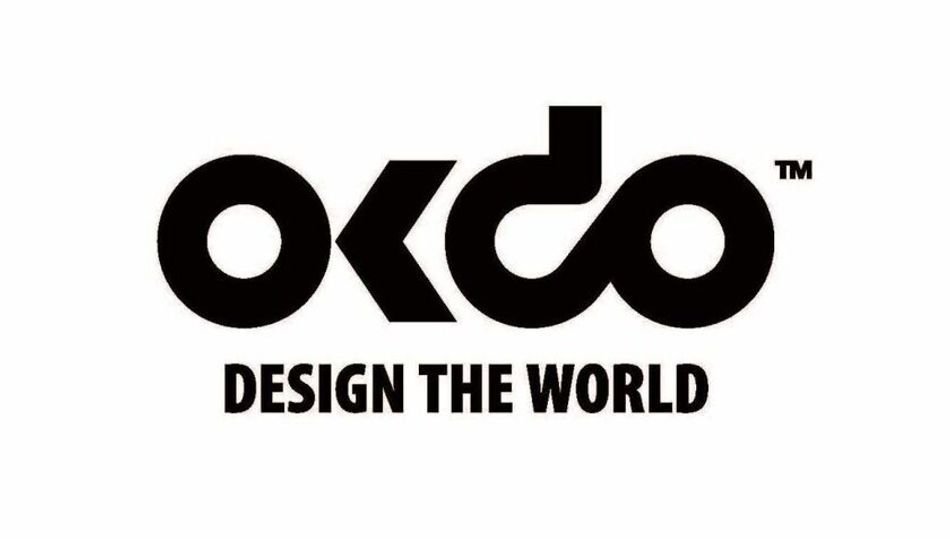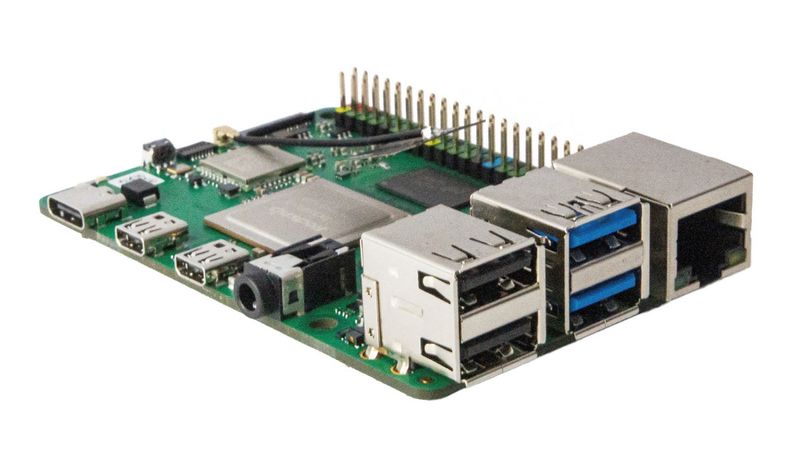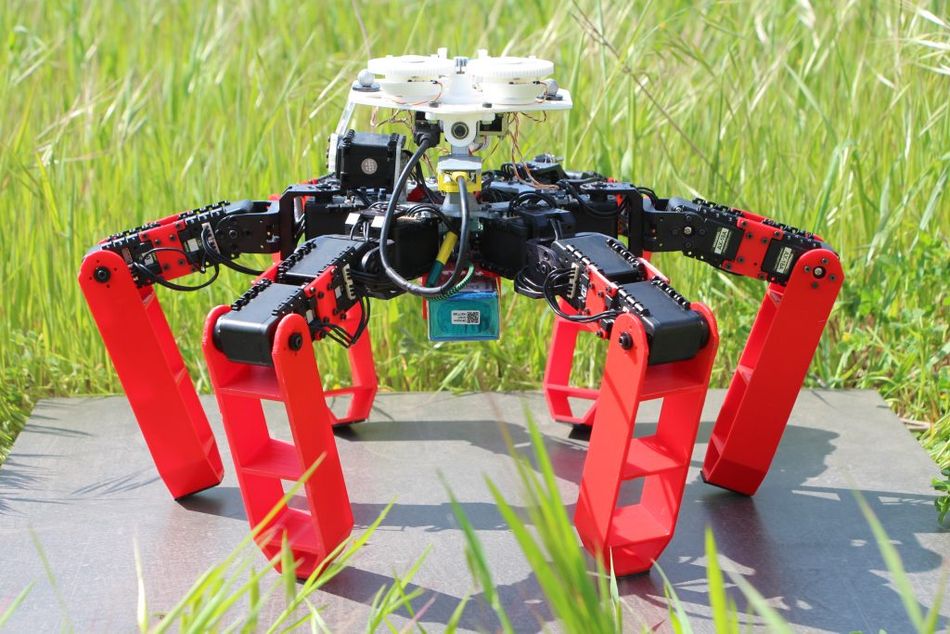SBC's Enable the Next Generation of Engineering Breakthroughs
Article #6 Electronics Innovation Series. Engineers are turning to an edge computing model using SBCs to create more secure, high-performance IoT applications.
This is the sixth article of a 6-part series looking at innovation in the electronics industry.
What are Single Board Computers (SBCs)?
A single board computer (SBC) is a complete computer that consists of a single circuit board. SBCs contain all the features of a functioning computer, such as a microprocessor(s), memory, storage, and input/output (I/O) capabilities; like standard computers, they have an OS and can run multiple programs at the same time. SBCs typically have static RAM and low-cost processors such as ARM, and may or may not have expansion slots for peripherals to connect to additional I/O and storage devices.
While laptop and desktop computers contain multiple boards and components, SBCs have a much more compact and efficient design, typically boasting small form factors less than the size of a credit card. Whereas laptops and desktops focus on greater adaptability to user preferences and multiple configurations, SBCs contain less components which can fail, resulting in far fewer bugs and issues. This reliability makes them ideal for “always on” critical systems.
Due to their smaller size, SBCs consume less energy, generate less heat, are more lightweight, and are cheaper and easier to produce than multi-board computers. This makes them well-suited for use cases where larger general purpose computers aren’t necessary. SBCs are the preferred embedded controllers for a variety of applications in a wide range of industries, including automotive (such as anti-lock braking systems, stability control systems, and on-board entertainment systems), medical (such as medical imaging systems), consumer goods (cell phones, video game consoles, and home appliances), military defense (such as missile guidance systems), industrial (such as process control systems), municipal (such as traffic light controllers), and more.
While SBCs may seem similar to microcontrollers, the two are different. Microcontrollers are intended to loop one routine and can only run one program at a time. Although they can be very small, keep in mind that SBCs are fully-functional computers with an operating system that can run multiple tasks at once.
SBCs for Next-Generation Aerospace, Defense, and Robotics
SBCs are a key component in powering drones, UAVs, and other robotic devices for both defense and commercial applications. For drones, the applications of SBCs include machine vision for obstacle detection and sense-and-avoid capabilities, interfacing with drone autopilots, and streaming video via a wireless connection. While microcontrollers control the motors, SBCs are needed to run the higher level tasks such as tracking and estimating the environment from the camera, and producing commands such as approaching or avoiding an object (which are then sent to the microcontroller running a control loop for the motor). The processing and power-saving capabilities, combined with their reliability and fewer points of failure, make SBCs ideal for use in harsh or unpredictable environmental conditions.
SBCs are also useful in robotic product development. One advantage of using SBCs for robotics is that there is no need to develop a bespoke design, which can be costly and lengthen development cycle time. If the SBC design is updated to a more advanced version with the same footprint, it can simply be swapped out, providing a degree of future-proofing.
Enabling IoT, AI Adoption, and Industry 4.0 with SBCs, 5G and Edge Computing
The convergence of 5G and the Internet of Things (IoT) is at the heart of Industry 4.0. However, with slow adoption, 5G is not enough on its own to usher in the next generation of IoT devices. While cloud computing has been a transformative technology and key enabler of digital transformation, allowing for the rise of the IoT, it also has limitations. With concerns around data security and privacy while in-transit and the latency of data transfers from devices to the network core, many of the most promising use cases of IoT with 5G are constrained by a centralized cloud model for data processing, storage, and analytics.
To overcome these challenges, many engineers are turning to an edge computing model using SBCs to create more secure, high-performance IoT applications.
Edge Computing and SBCs for IoT
Edge computing using SBCs can solve the issues of cloud computing for IoT and AI. IoT sensors collect data, data processing and analytics take place at the network’s edge, providing real-time insights to the end-user who needs the information – with significant reduction in transmitted data to a cloud-based system.
This allows for faster processing with minimal latency, as data doesn’t need to be sent back and forth to the network core. There is also a reduced expense for data transmission along with higher security, as the data remains in the edge device.
SBCs are the best option for this type of IoT edge computing, providing high volume storage, high-speed memory, security, and multiple operating systems for customizable configurations. Unlike PCs, SBCs can be expanded and reconfigured without a full overhaul. If the needs of the system exceed what an SBC can offer, SBCs clusters can be created. Depending on the number of nodes, an SBC cluster can support multiple terabytes of mass storage and gigabytes of memory for mass storage and high performance while only taking up a few feet of space.
Edge Computing and SBCs for AI
Edge computing with SBCs can provide the same solution for AI products facing the same challenges with cloud computing, by easing privacy concerns, reducing the reliance on internet access, and providing on-device AI algorithms that don’t rely on a data center. This approach solves many problems and concerns that cloud-based AI systems typically have, such as latency, connectivity issues, and sensitive and personal data being at risk in-transit.
Edge computing shifts the AI execution from a data center to the device. While machine learning is not often executed locally (as this is a complex and expensive task), the neural networks produced as a result of the machine-learning process can be executed locally. Tasks that require only the use of neural nets include handwriting, gesture recognition, and object recognition.
However, these AI neural nets can be complex and difficult to run. While microcontrollers can be made to run neural nets, the speed would be incredibly slow. Fortunately, some SBC makers have begun producing AI co-processors designed to run neural-net and AI algorithms efficiently. Because these are co-processors, the main processor is freed up to perform other tasks.
Edge Computing and SBCs as a Driver for 5G Adoption
5G has over 100 times the speed of 4G, operates on multiple spectrums to increase both range and performance, and unlike 4G, isn’t restricted by performance impacts network traffic and latency. But in order to reach its full potential, 5G needs edge computing, as sending data to the cloud for storage and processing offsets 5G’s performance benefits.
However, 5G adoption has been slow, creating limitations for its use in industrial IoT applications. As a result, there has been less demand to increase 5G coverage and fewer devices equipped with 5G capabilities. Less coverage means less adoption, and without adoption, there’s less incentive for 5G investment and development. This creates a vicious circle of not enough adoption to drive 5G investment, low user adoption and range, and slow development of new 5G services.
By using inferior 4G, edge computing with SBCs can bring attention to the capabilities of 5G on the edge. While it won’t come close to the capabilities, cost-effectiveness, and performance of 5G, getting started with 4G-enabled edge computing can fuel the demand for 5G services in applications such as autonomous drones, telemedicine, AR/VR, gaming, and manufacturing.
Powering Next-Generation Technologies with OKdo’s ROCK Series
Whether you’re building the next-generation of robotics hardware or creating an AI-powered IoT device on the edge, single-board computers can provide the computing power to bring your product to life.
Battling availability shortages of semiconductors, OKdo is introducing a new addition to the range of single-board computers, the ROCK series – a robust, customisable, low-power and high-performing range of SBCs.
Developed in collaboration between OKdo and Radxa, ROCK boards offer class-leading capabilities, hardware and performance in a similar form factor as other popular SBC boards. The ROCK series offers professionals, industrial OEMs, IoT enthusiasts, hobbyists, PC DIY enthusiasts and makers a reliable and capable platform for building extraordinary next-generation technology applications.
Customers may be able to satisfy their design needs with off-the-shelf single board computers, such as the ROCK 4 SE and the ROCK 4C Plus. However, ROCK boards have the potential of being fully customized and configured just the way you want it. This brings huge financial and environmental benefits during current supply chain challenges, allowing professional design engineers to leverage cutting-edge technology for developing high-volume end products.
Learn more about the services and products of Okdo here.



